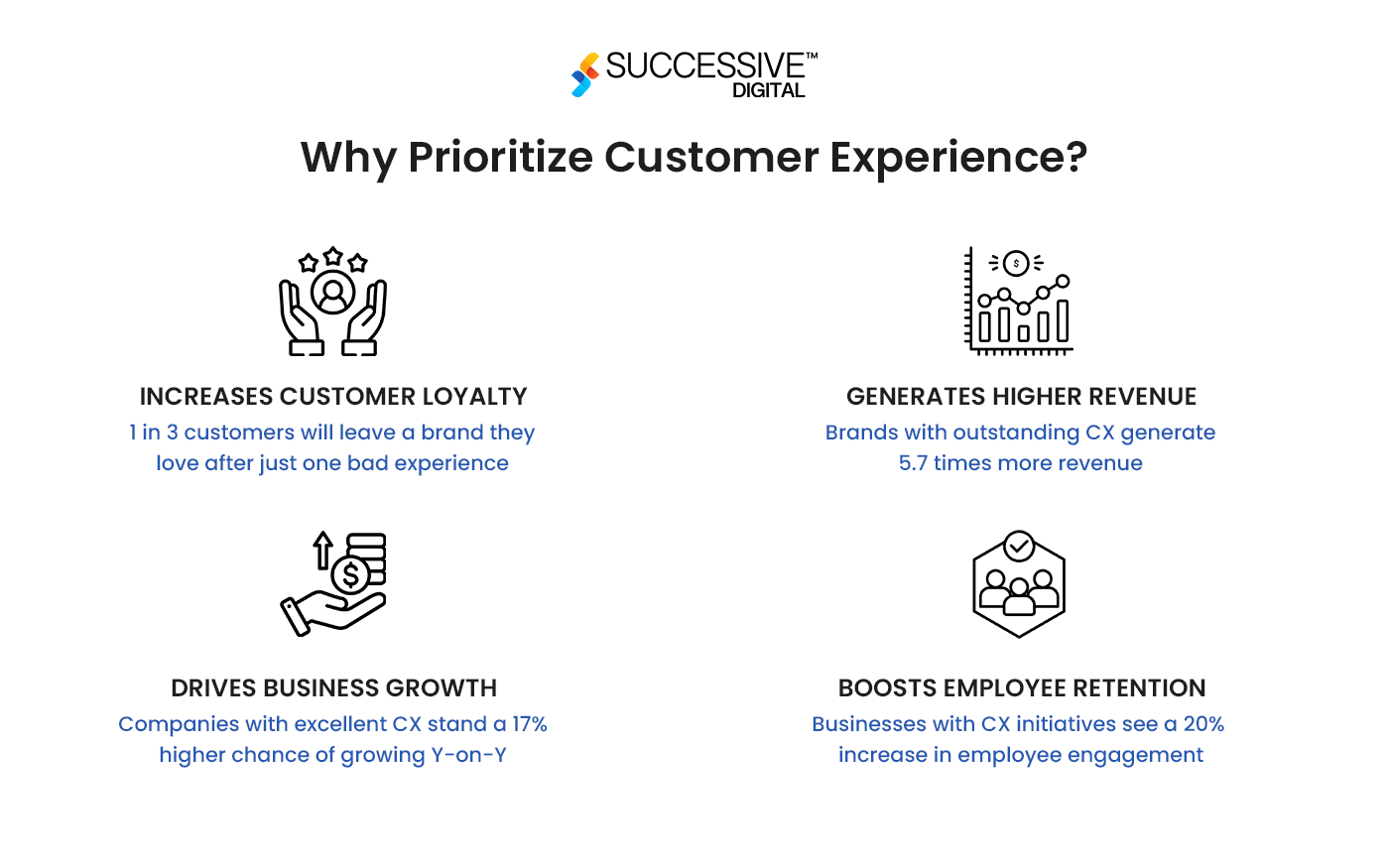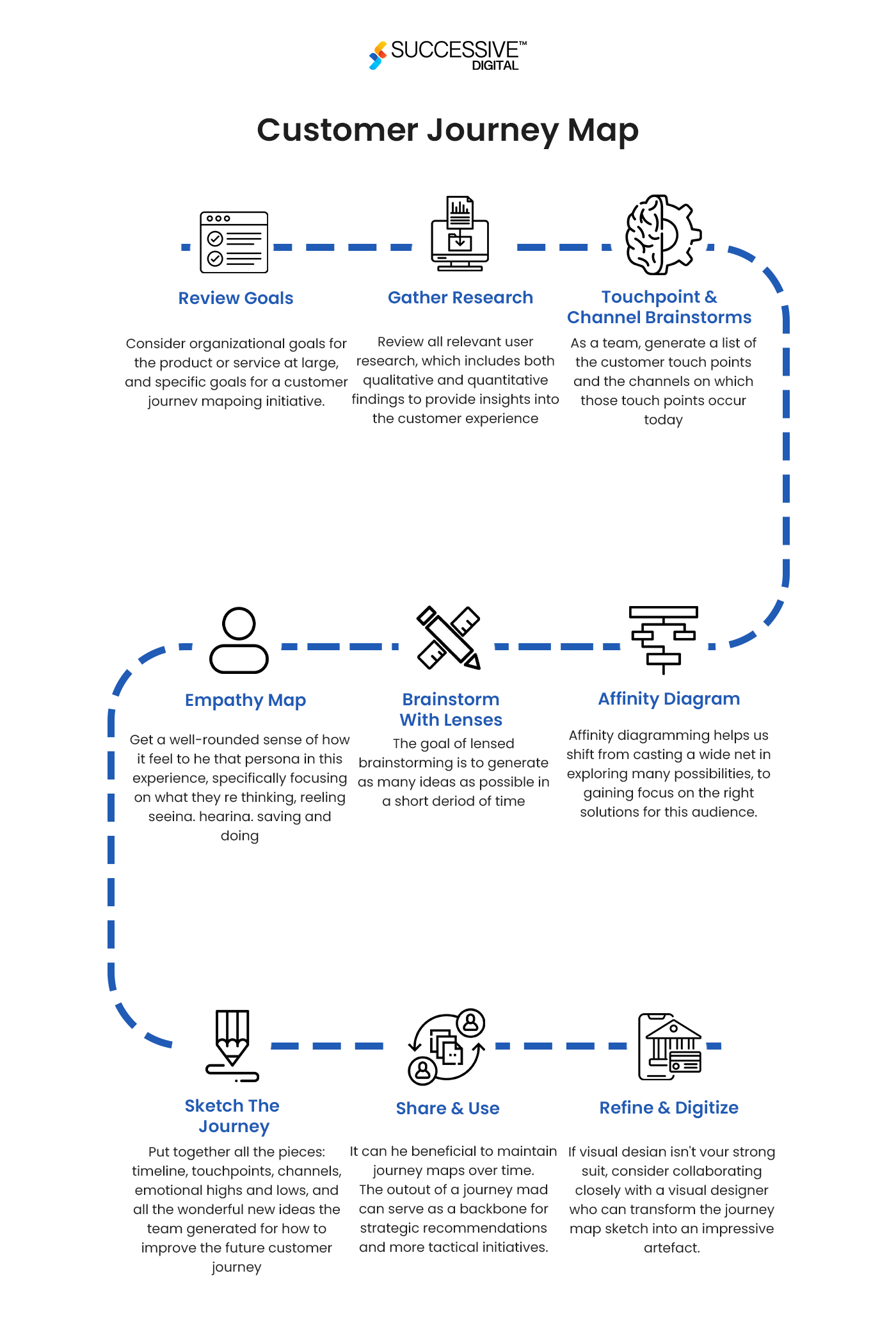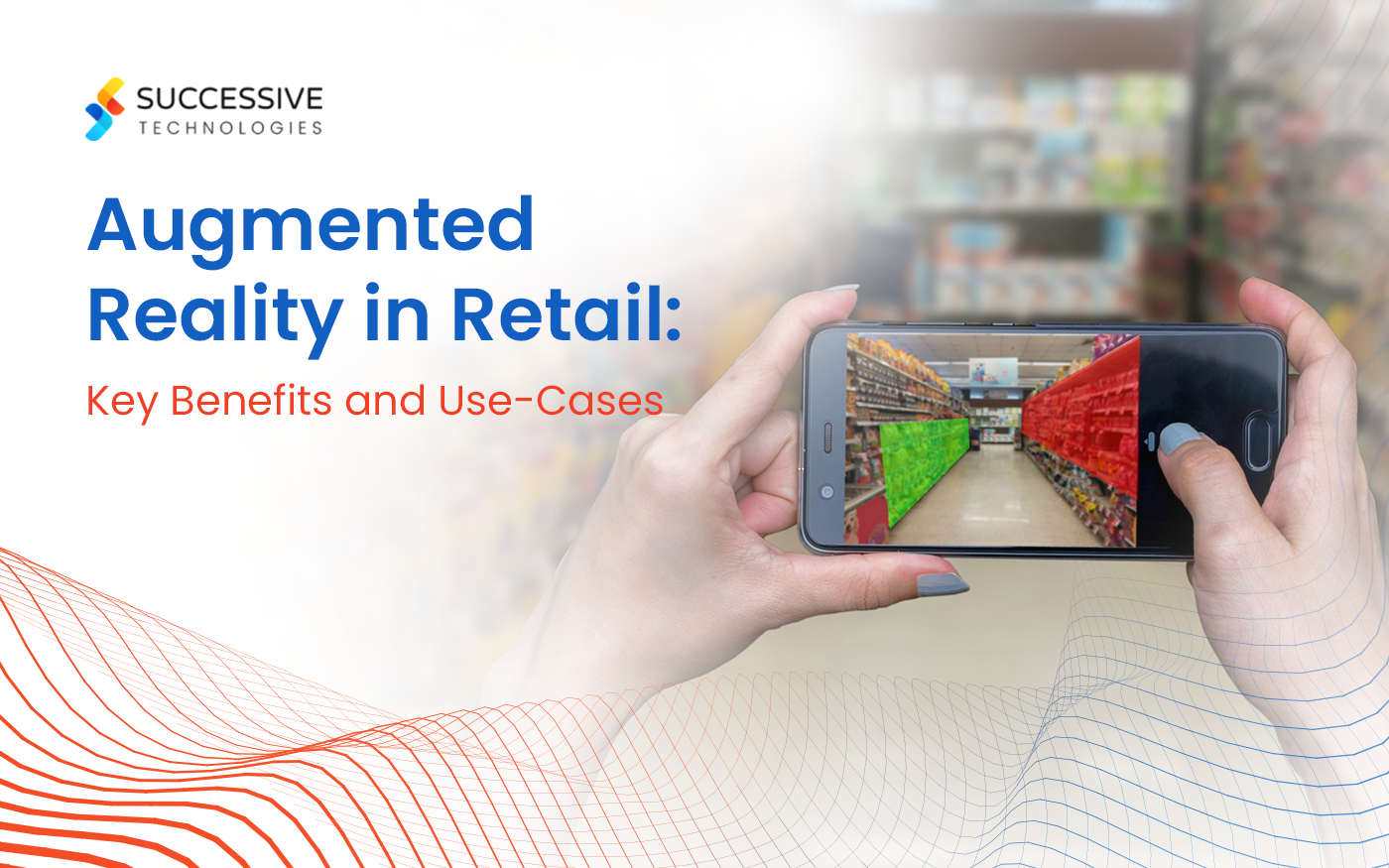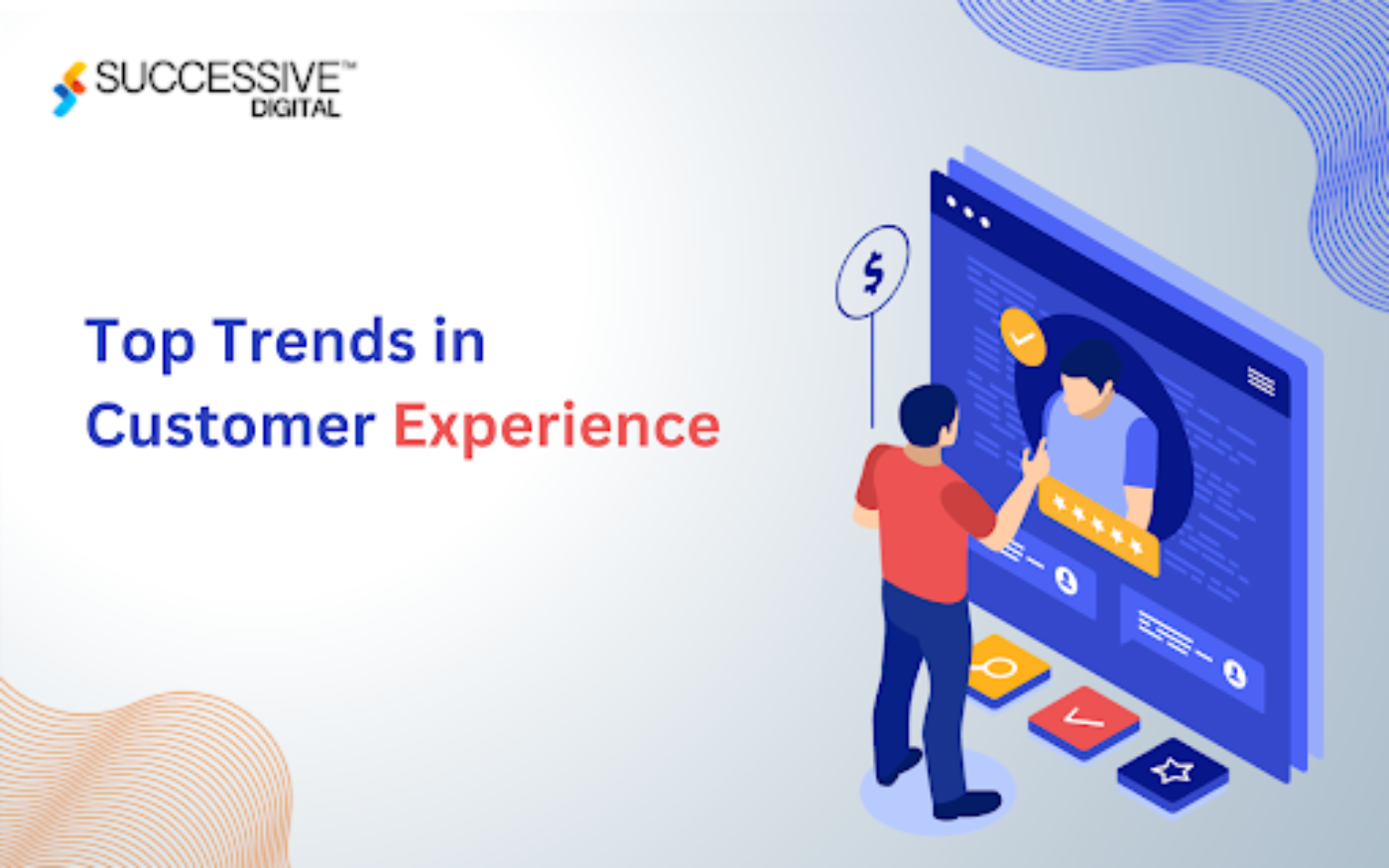an era where consumer expectations are evolving unprecedentedly, companies constantly look for options to set them apart in a challenging business environment. One important strategy that has emerged as a revolutionary interest is customer experience (CX). If not a buzzword, CX represents a complete approach beyond human interaction, including everything a viewer touches with the brand. This article examines the importance of enterprise CX in achieving competitive advantage and provides an example of an employer-level role for success that redefines the industry.
Understanding the Essence of Customer Experience
- The Entire Customer Journey:
Customer experience is not just isolated interactions; it covers the entire customer journey. Every interaction, from the first point of contact to publishing and purchasing transactions, helps shape the trust that a sponsor develops.
- Emotional Connection:
addition to changing behavior, CX is about building emotional connections. It’s about knowing how the customer’s desires, anticipating expectations, and satisfaction delivered within goes beyond what’s practical and affects emotionally.
- Agile and Adaptable Changes:
a dynamic market environment, customer expectations are set for quick exchange rates. Successful CX business strategy is agile and adaptable to evolving customer preferences and technological advances.
- Data-Driven Insights:
CX is based on insights that push the record to understand customer behaviors, choices, and pain points. Harnessing the power of analytics enables organizations to make informed decisions, conduct personalized assessments, and proactively manage pain.
Strategic Importance of CX in Gaining a Competitive Advantage

- Brand Differences:
a market full of choices, symbolic differentiation is strategically essential. CX provides a unique way for companies to cope by delivering memorable, differentiated surveys that connect with customers.
- Customer Loyalty and Retention:
A rewarding customer experience drives loyalty and retention. Consumers are more likely to consistently settle for a brand that meets or exceeds their expectations. This integrity translates into repeat sales performance and excellent word of mouth.
- Increased Customer Satisfaction:
Satisfied customers are the cornerstone of business fulfillment. Expertise in enterprise CX strategies in accounting for pain factors and friction in the customer journey, for instance, resulting in higher levels of pride and greater susceptibility to impressive reviews and testimonials.
- Revenue Growth:
At the very least, good customer experience is linked to increased sales. Satisfied customers are not only the most likely to make repeat purchases but also brand advocates, driving new customers acquired through high-quality referrals.
- Cost Efficiency and Operational Efficiency:
Product optimization based on customer insights and competitive advantage increases operational efficiency as part of business strategy. Understanding customer strategies allows for focused spending, reducing costs associated with unnecessary capabilities or services that may not meet customer preferences.
- Competitive Advantage:
CX-first companies are naturally more resilient in the face of competition. A strong CX foundation offers protection against market disruption, as customers are less likely to switch to competition that offers equal or better deals.
Successful Implementations of CX at the Enterprise Level
- Amazon – Personalization at Scale:
Amazon, the e-commerce behemoth, has established a gold standard for individual client stories. By leveraging advanced algorithms and systems to acquire knowledge, Amazon can analyze individual behavior and choices to provide personalized product recommendations. The seamless integration of personalized recommendations at some point in the buyer’s journey increases interest and drives improved revenue.
- Apple – A Simple Integrated Ecosystem:
Apple’s fulfillment isn’t just a fantasy of personalized products but almost all living things. The seamless hardware, software, and services integration creates a unified and user-friendly experience. Consumers who spend money on one Apple product find Apple’s environment clean and cheerful to enhance it, reflecting all the electricity of CX.
- Zappos – Customer-Centered Culture:
Zappos, the website shoe and clothing retailer, has rounded out its brand by providing incredible customer service. The department empowers customer service representatives to go above and beyond to keep customers happy. This commitment to traditional consumerism has led to overwhelming loyalty among their clients and creating word of mouth with impressive advertising and marketing.
- Netflix – Data-Driven Consumer Recommendations:
A leader in the streaming industry, Netflix uses labeled insights to shape the customer experience. Its consulting program analyzes view reports, persona scores, and options to determine content matching gender interests. This personalized discovery goes a long way in customer engagement and retention.
- Walt Disney Parks and Resorts – Immersive Experiences:
Disney’s theme parks are known for providing immersive and magical experiences. From well-designed attractions to outstanding customer service, Disney has established itself as a leader in the entertainment and recreation industry by prioritizing every aspect. Hence, visitors are delighted, and memories are built to promote sustainability.
- Airbnb – Community Focus:
Airbnb disrupted the hospitality industry by specializing in network design and design itself. The platform allows hosts to create unique packages, giving visitors a sense of belonging. By prioritizing hosts and guests, Airbnb has developed a network-focused strategy that is an alternative to traditional lodging travel agents.
- Tesla – IoT-driven proactive maintenance:
Tesla’s integration of IoT into its vehicles goes beyond providing connectivity functions. Tesla vehicles are equipped with sensors that constantly monitor the vehicle’s health. In the event of capacity issues, the car communicates closely with the Tesla supplier, allowing remote sensing and resolving many cases before the buyer knows about them.
- Starbucks – AI-enabled personalization:
Starbucks uses AI to beautify its mobile app, providing customers personalized recommendations based on previous purchases and opportunities. The app learns from customer behavior and adjusts its methods, providing users with a unique, personalized, and delicious experience.
- Delta Airlines – Predictive Analytics:
Delta Airlines uses predictive analytics to increase operational efficiency and limit disruption. By reading historical records and external sources, Delta anticipates possible renewal issues, so it makes changes to flight schedules and actively communicates with passengers to ensure a smooth journey.
- HubSpot – Conversational marketing using Chatbots:
HubSpot is an ad sales platform that integrates chatbots for conversational marketing. These chatbots interact with website traffic, solution queries, and manual customers through the sales funnel. By automating the first interaction, HubSpot ensures a responsive and personalized customer experience, paving the way for other vital human connections.
- Alibaba – AR for e-commerce:
Alibaba’s Taobao app is gaining enhanced authenticity to revolutionize online shopping. Users can certainly use their smartphones to test products with clothing and cosmetics. This immersive AR reveal complements client engagement and addresses the venture that online shoppers can no longer try products before buying.
- Microsoft – The whole omnichannel experience:
Microsoft has adopted a holistic omnichannel approach to CX. Whether customers interact with Microsoft through physical stores, online platforms, or the environment, their interest remains constant. This commitment to omnichannel consistency reinforces the symbolic image and enhances the patron’s trust.
Also Read – Top Trends in Customer Experience
Implementing CX Strategies at the Enterprise Level
- Customer Journey Map:

Start by mapping the customer journey as part of business strategy with a marker to identify every customer touchpoint. Identify pain points, proud moments, and areas for growth. This map serves as a bottom line for all CX planning.
- Data-Driven Insights:
Use statistical analytics to gain insight into patron behaviors, choices, and feedback. Use these insights to make informed decisions, conduct better research, and identify innovation opportunities.
- Customer reviews and reviews:
Actively seek customer feedback through surveys and direct communication. Analyzing patron sentiment provides valuable insight into their expectations and enables continuous improvement.
- Methods of Personalization:
Use customized lessons in a variety of touchpoints. This may include customized advertising messages, displays, or personalized communications based on customer expectations and behaviors.
- Staff Training and Engagement:
Employees can find the space they need to provide good customer information. Invest in employee education programs emphasizing the importance of supporting employees and empowering employees to go above and beyond.
- All-Channel Communication:
Ensure consistency across all channels – websites, mobile apps, social media, or personal interactions. Viewers’ uninterrupted and consistent interest in and reinforces the brand image.
- Agile and Iterative approach:
Embrace an agile and iterative approach to enterprise CX development. Continue highlighting customer feedback, testing business hypotheses, and iterating strategies to adapt to changing customer expectations.
- Investment in Technology:
Leverage response generation to enhance CX. This could include using chatbots to help customers faster, AI push analytics to gain predictive insights, or data analytics to collect information for personalized content.
Overcoming Challenges in CX Implementation
- Silos of integration:
Companies often face challenging situations in integrating Customer experience services across departments and channels. Overcoming silos requires a concerted effort to align dreams, percentages, and accountability with a culture of collaboration.
- Balancing individuality and privacy:
Striking the right balance between personalization and privacy is a delicate task for competitive advantage. Implicit correlations with the perceived use of accountability, robust security features, and obtaining specific approvals are essential factors in guiding this project.
- Employee Procurement:
CX improvement depends on the commitment of every employee as part of the business strategy. Getting customers from professionals at different stages in any topic requires robust communications, education programs, and the direct impact of CX on international business success.
- To Adapt to Changing Customer Expectations:
Customer expectations are dynamic, and businesses need to adapt quickly. Staying ahead of changing expectations is essential to constantly following industry trends, staying abreast of customer issues, and maintaining agility within the regulatory process.
- Measuring ROI:
Quantifying return on investment (ROI) for CX activities can take time and effort. Establishing metrics, including customer satisfaction levels, net promoter score (NPS), and customer lifetime spending, provides tangible success benchmarks and competitive advantage.
The Future Landscape of CX in Enterprise Competitiveness
As the technology evolves and the customer’s expectations are pushed higher and managed, the landscape of CX in organizational competition may be marked by several key characteristics:
- AI-Driven Personalization:
The tegration of artificial intelligence (AI) will further revolutionize the quality of personalization. AI algorithms will analyze comprehensive data sets in real-time to deliver hyper-personalized courses tailored to genders only.
- Voice-Dialogue Interface:
The upward push of voice-activated conversational interactions will redefine patron interaction. Companies will use technologies like Natural Language Processing (NLP) to perform simple and intuitive causal analysis.
- Prompt Customer Service:
Prompt customer support becomes the norm. AI-driven predictive analytics and insights catch capacity problems before companies are ready, allowing for proactive decision-making and supporting pride.
- Augmented and Virtual Reality:
Augmented reality (AR) and virtual reality (VR) are essential in creating immersive consumer thought processes. Industries and retail, travel, and training are using AR and VR to provide engaging customer interactions.
- Blockchain Provides Trust and Transparency:
Blockchain technology can be used to embellish design and transparency in customer transactions. The immutable ledger will ensure secure and transparent reporting of patron transactions, approve facts, and increase security and accuracy.
- Sustainability and Social Responsibility:
Companies will increasingly align CX activities with sustainability and social responsibility. Consumers value manufacturers who commit to ethical practices, environmental responsibility, and communication impact.
Conclusion
today’s competitive landscape, where products and services are often commoditized, the differentiator that can grow an organization above the competition is enterprise CX. Customer experience is not always a market trend; It’s a long-term strategic imperative that has the potential to reshape industries, redefine concepts, and build lasting customer loyalty.
Successful enterprise-level implementations demonstrate that commitment to CX goes beyond a brick-and-mortar service; It requires a holistic, accountability-based, and customer-focused approach. Organizations must constantly evolve their CX strategies from customer journey mapping to implementing modern technologies to stay ahead.
The competitive advantage of companies depends on the ability to meet yet exceed customer expectations most efficiently and consistently. It is a journey that requires agility, flexibility, and unwavering focus in making resounding lessons in purposeful and emotional moments. In the realm of patron interest, companies now have the opportunity to survive and grow in a technology defined by consumer capabilities and desires.












